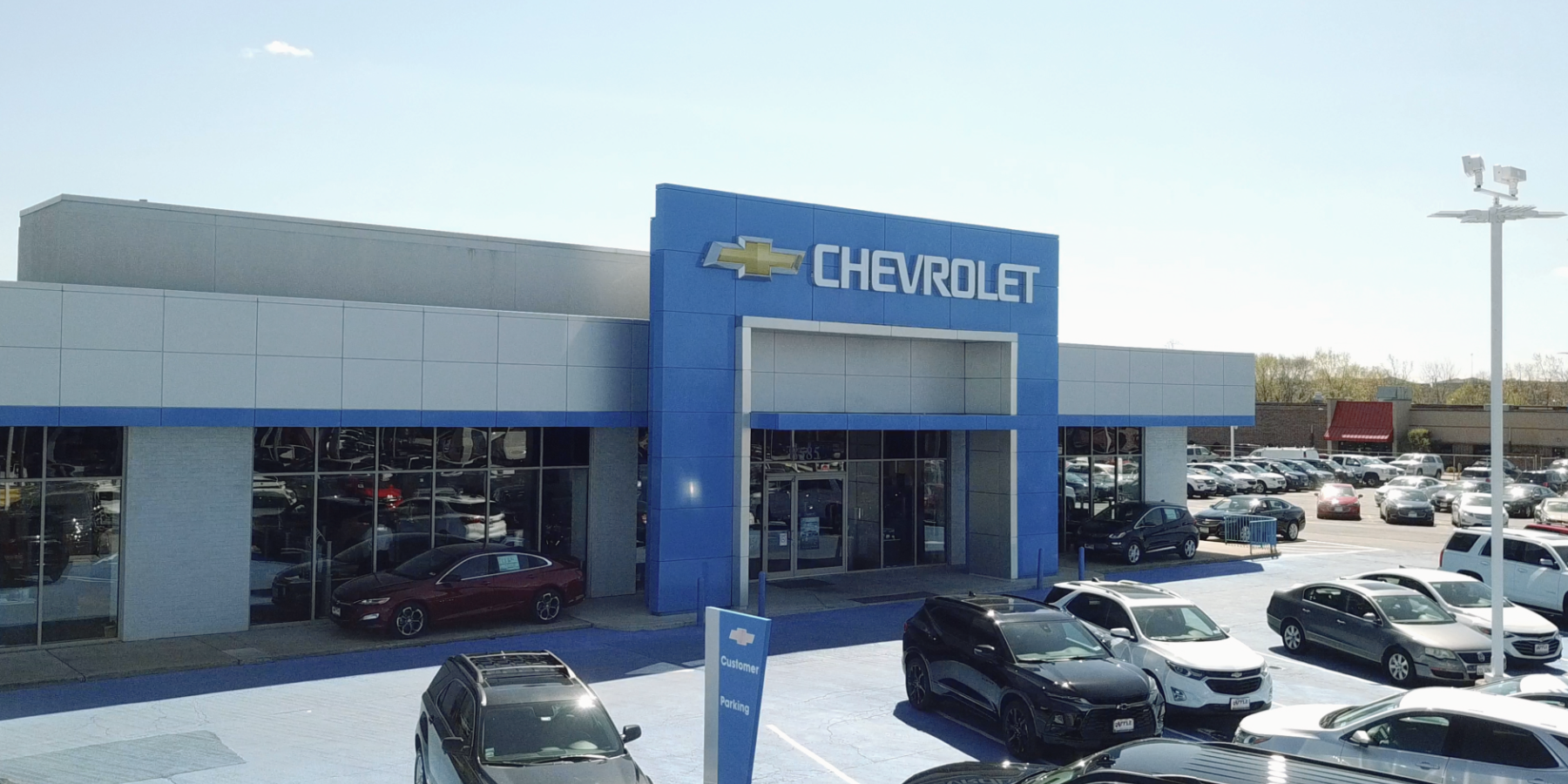GM and NASAs Robonaut 2 ready for Space Duty
Technology on R2 plays role in future GM vehicle safety systems development
2010-07-07

R2 reporting for duty sir!
HOUSTON – The countdown continues as General Motors and NASA engineers prepare Robonaut 2 for its planned fall mission to the International Space Station aboard the space shuttle Discovery.
GM and NASA engineering teams are validating some of the key technologies on the humanoid robot, including advanced sensor and vision systems.
GM engineers on site at NASA’s Johnson Space Center in Houston, Texas, are sharing their results with colleagues at GM’s Technical Center in Warren, Mich., so teams working on tomorrow’s Chevrolet, Buick, GMC and Cadillac cars and trucks can develop innovative safety technologies that will keep customers safe in the future.
Manufacturing engineers in GM’s Research and Development operations also plan to use the findings to help develop future technologies that can make plants safer for workers at GM’s global manufacturing facilities.
R2’s technologies have real-world applications for sensor development, such as possible enhancements to lane departure warning, side blind zone alert, adaptive cruise control and rear park assist.
GM and NASA engineers have been working together on the R2 program since 2007. The advanced robotics partnership has generated 34 patents to date.

